As winter fades away and the days grow longer, it’s time to turn our attention to the outdoors and prepare our yards for the rejuvenation of spring. Whether you’re a seasoned gardener or a novice homeowner, getting your yard ready for the new season requires careful planning and a bit of elbow grease. In this comprehensive guide, we’ll walk you through the 10 essential steps for preparing your yard for spring, ensuring that your outdoor space blossoms into a vibrant oasis for the warmer months ahead.
1. Clear Away Winter Debris
The first step in preparing your yard for spring is to clear away any debris left behind by winter. Remove fallen branches, leaves, and other debris from your lawn and garden beds to allow sunlight and air to reach the soil. Raking and tidying up your yard will also help prevent pests and diseases from taking hold as temperatures rise.
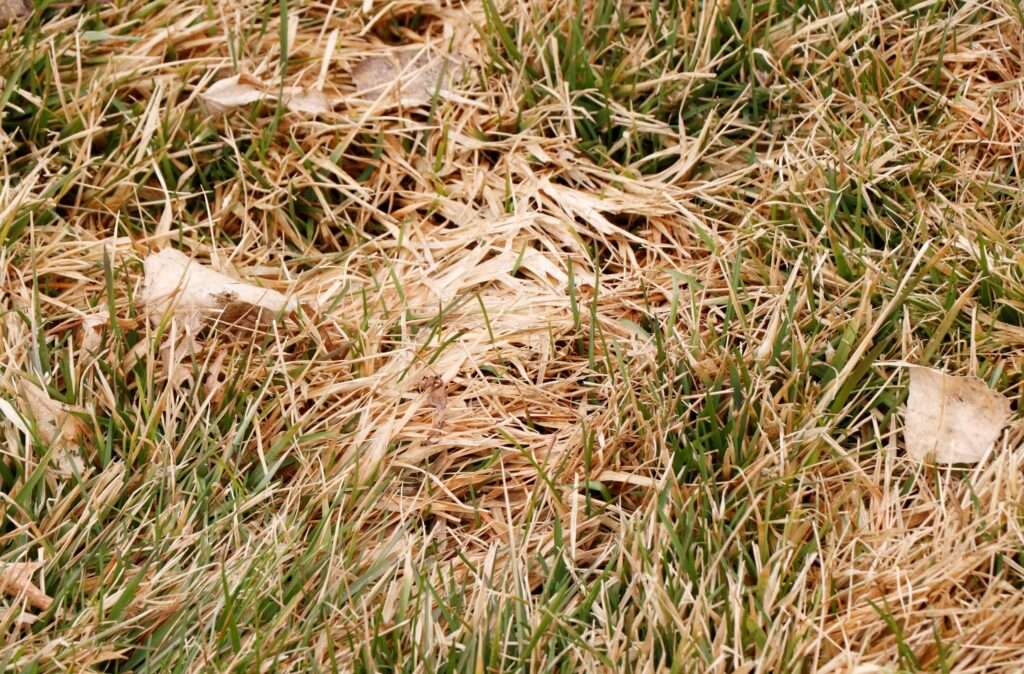
2. Assess Your Lawn
Take a close look at your lawn to assess its condition after the winter months. Look for areas of compacted soil, bare patches, and signs of winter damage. Raking and aerating your lawn can help improve soil drainage and encourage healthy grass growth. If necessary, consider overseeding to fill in thin or bare areas and promote a lush, green lawn.

3. Prune Trees and Shrubs
Spring is the ideal time to prune trees and shrubs to promote healthy growth and shape. Remove dead or damaged branches, and prune back overgrown areas to encourage new growth. Be sure to research the specific pruning needs of each plant species in your yard to avoid causing harm.
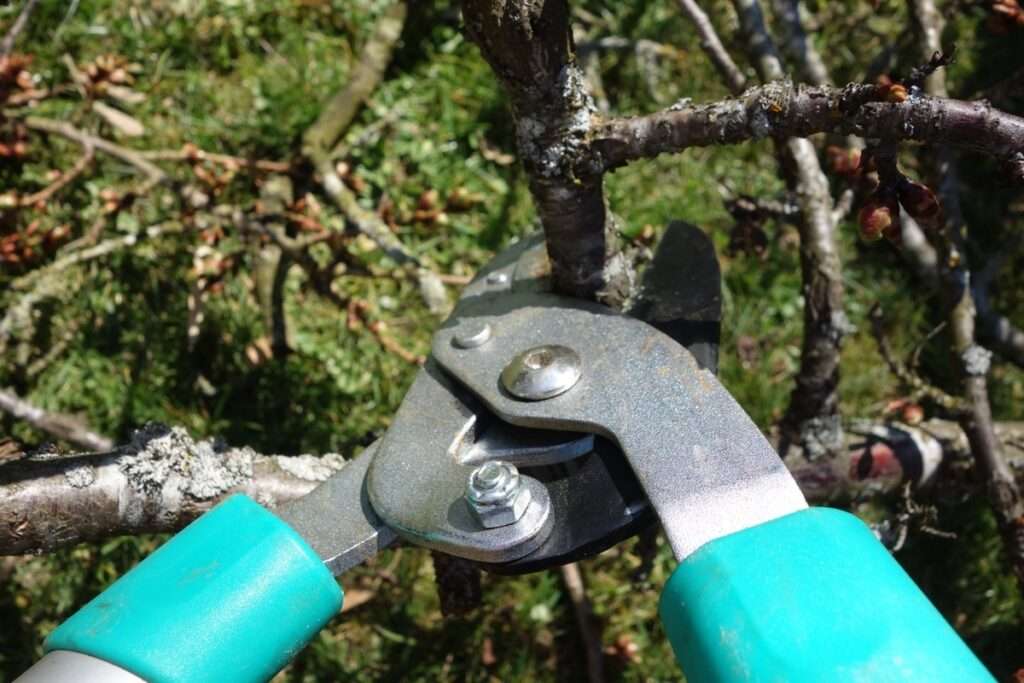
4. Test and Amend Soil
Before planting new flowers or vegetables, it’s essential to test your soil’s pH and nutrient levels. Soil testing kits are readily available at garden centers and provide valuable information about your soil’s composition. Based on the test results, amend your soil as needed with organic matter, compost, or fertilizer to ensure optimal growing conditions for your plants.
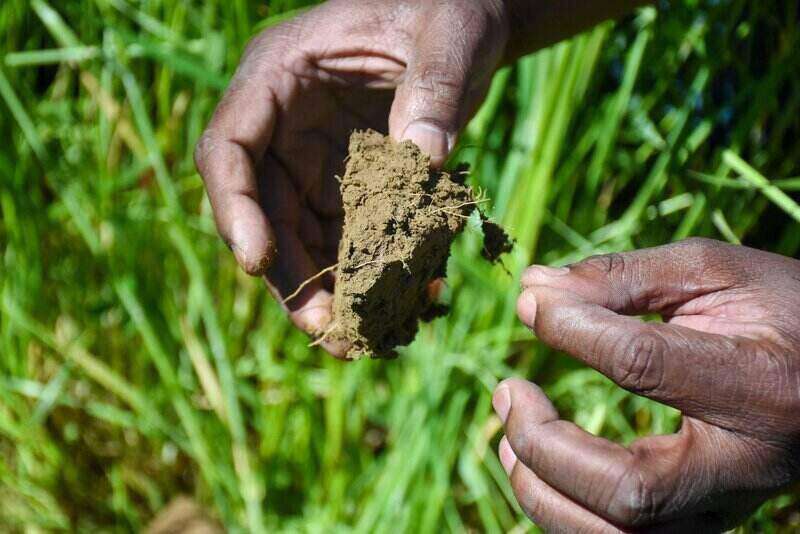
5. Plan Your Garden Layout
Take some time to plan your garden layout for the upcoming season. Consider factors such as sunlight exposure, soil drainage, and plant compatibility when deciding where to plant flowers, vegetables, and other garden elements. Sketch out a rough plan or use gardening software to visualize your design before getting started.

6. Start Seeds Indoors
If you’re planning to grow vegetables or annual flowers from seed, now is the time to start them indoors. Invest in a seed-starting kit or use small containers filled with potting soil to sow your seeds. Place them in a sunny window or under grow lights and keep the soil consistently moist until the seeds germinate.

7. Prepare Garden Beds
Prepare your garden beds for planting by loosening the soil and removing any weeds or debris. Incorporate compost or other organic matter into the soil to improve its structure and fertility. Consider applying a layer of mulch to help retain moisture, suppress weeds, and regulate soil temperature throughout the growing season.
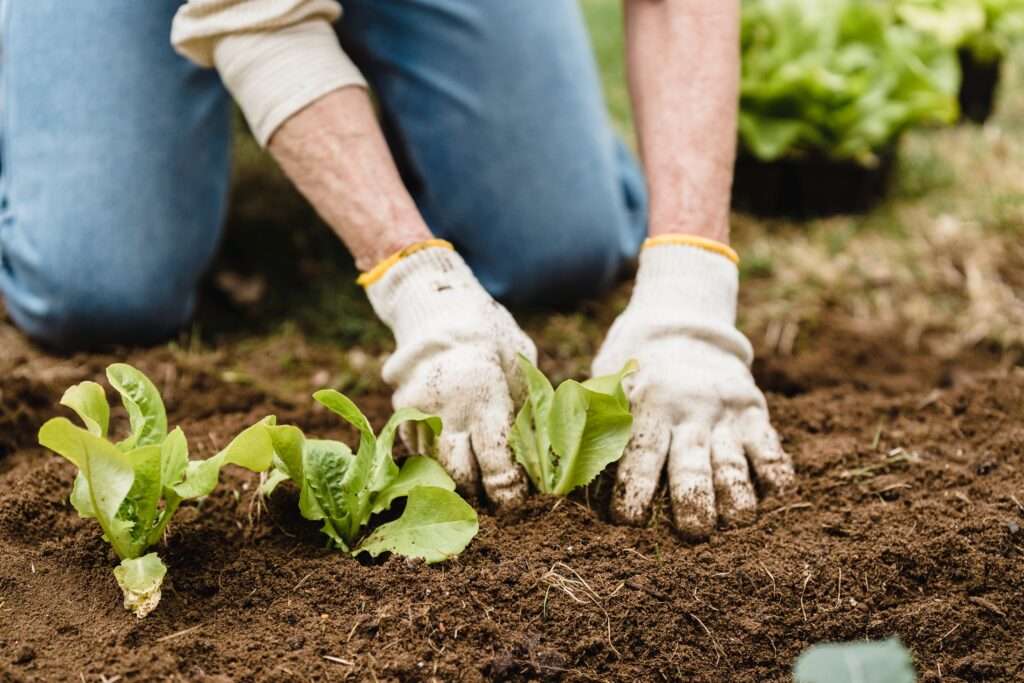
8. Service Your Lawn Equipment
Before the busy spring season kicks into high gear, take some time to service your lawn equipment. Sharpen mower blades, change the oil and spark plugs, and perform any other necessary maintenance tasks to ensure that your equipment is in top condition. A well-maintained mower and other tools will make yard work more efficient and enjoyable.
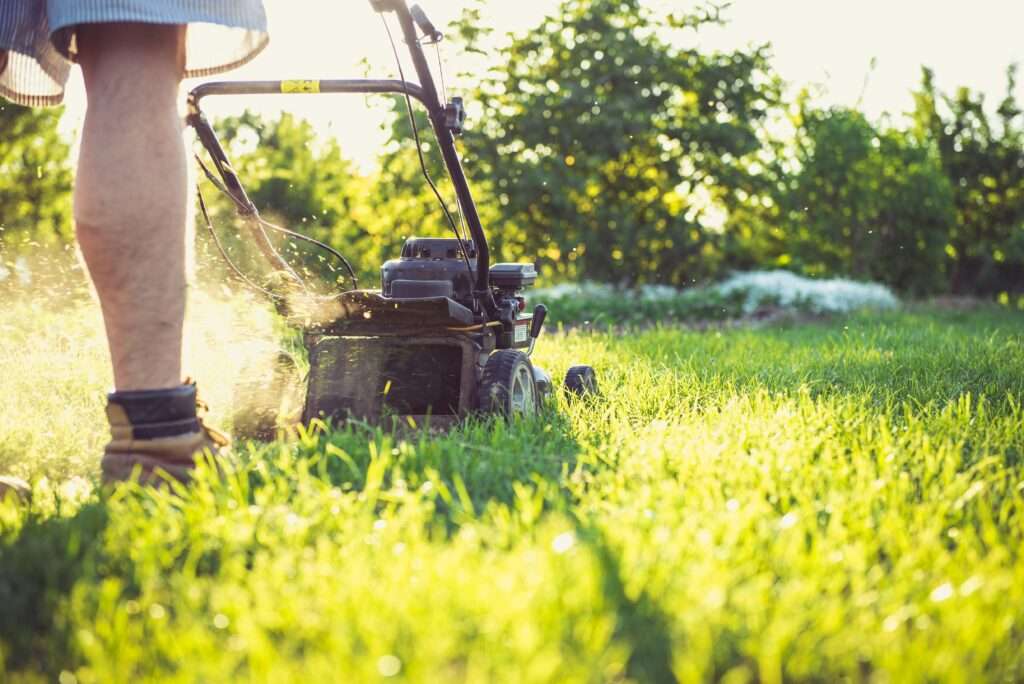
9. Protect Against Pests
As temperatures warm up, pests such as insects and rodents may become more active in your yard. Take proactive measures to protect your plants from pest damage by using natural deterrents, installing barriers, or applying organic pest control products. Regularly inspect your plants for signs of pest infestation and take action promptly to prevent widespread damage.

10. Implement Watering and Maintenance Routine
Finally, establish a watering and maintenance routine to keep your yard looking its best throughout the spring and beyond. Water your plants deeply and consistently, paying attention to their individual water needs. Set aside time each week for routine tasks such as weeding, deadheading flowers, and monitoring for signs of disease or nutrient deficiencies.
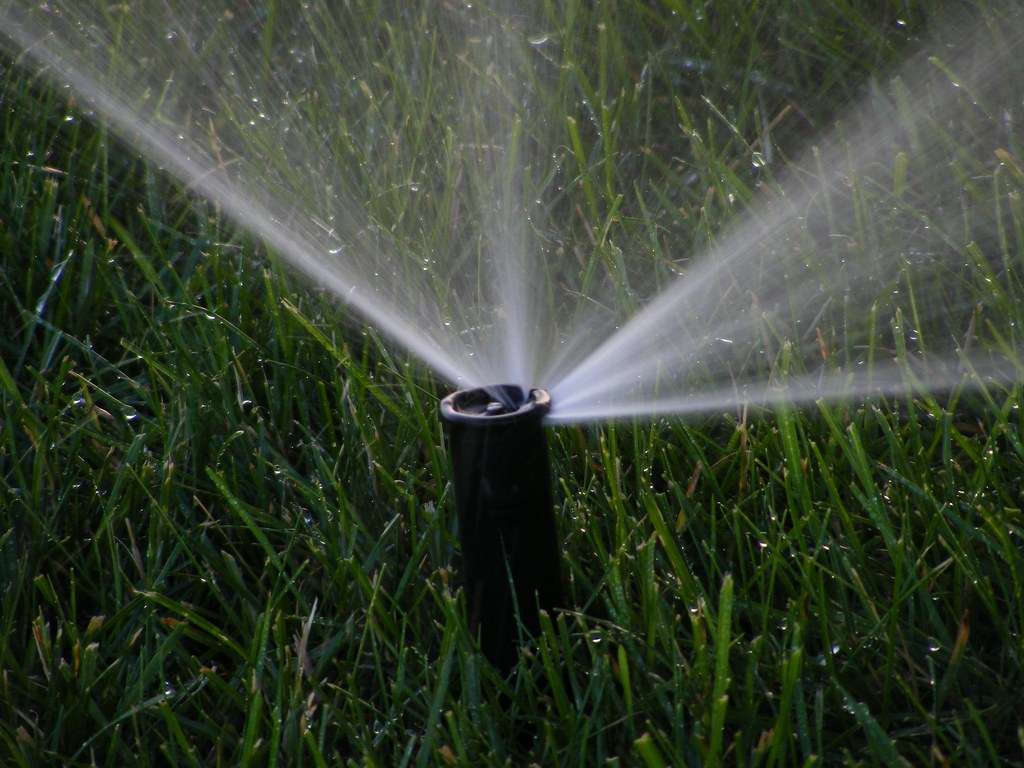
By following these 10 essential steps, you’ll be well on your way to preparing your yard for spring and creating a beautiful outdoor space to enjoy throughout the season. With proper planning and care, your yard will flourish with lush greenery, colorful blooms, and the vibrant energy of springtime.




